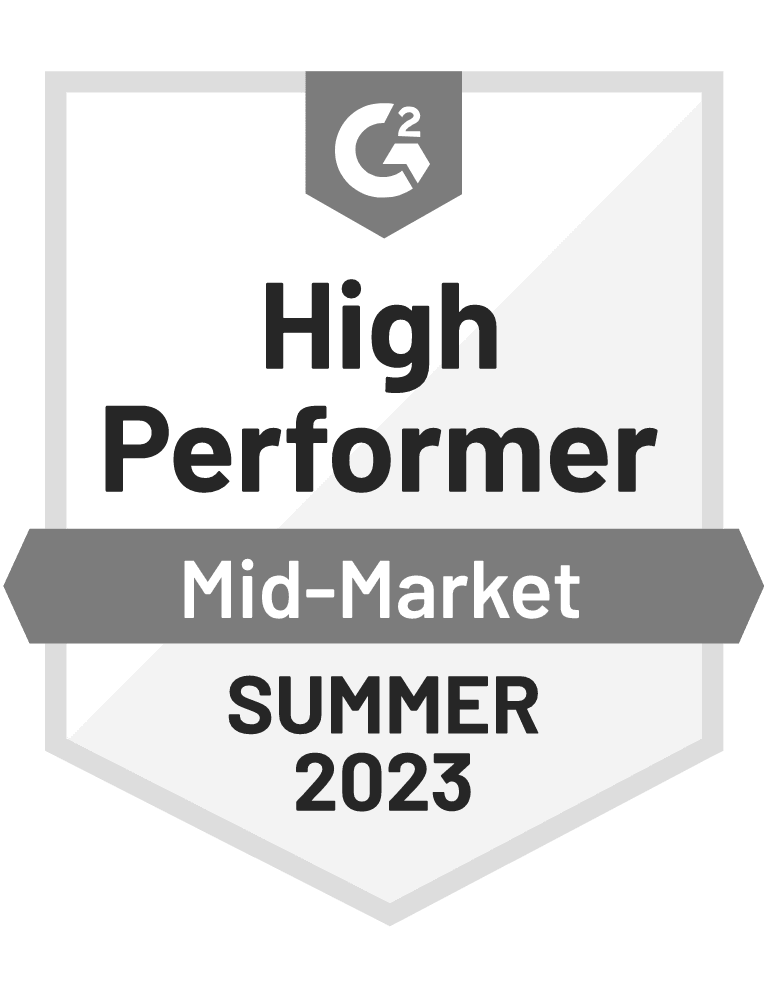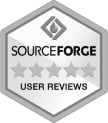What is a dynamic ad?
Dynamic ads are marketing messages that automatically change to target each user who sees them online. This allows brands and marketers to show people a version of the campaign that’s as relevant (and effective) as possible.
It’s far easier to meet marketing objectives (like boosting traffic or building brand awareness) when your campaigns respond to what individual users are interested in, rather than pushing static ads.
Benefits of dynamic ads
Dynamic ads are beneficial to ecommerce stores that use them because they take advantage of personalization techniques to ensure that ads are relevant to each user. If a user has already shown interest in some of your products (by visiting product pages or reading blog content about them, for instance) you can use dynamic ads to re-target them based on this information.
You’ll achieve much better results with personalization because your advertising will never encourage users to purchase products they’re fundamentally not interested in. Remember, whenever someone sees an irrelevant ad, that’s an impression that won’t result in anything.
By running dynamic ads that people are actually interested in seeing, you’ll improve your conversion rate and achieve a higher ROI on your campaigns.
Types of dynamic ads
1. Dynamic search ads
These are dynamic ads that show up on search engines like Google and Bing based on the content of your website, not keywords.
Instead of creating a search ad campaign that targets only a few keywords, you can have the search engine recommend your website when users search for terms that Google (or Bing, Yahoo, etc.) determine match the content on your site.
Once that happens, the search engine creates an ad for you with a headline and copy taken from your website.
2. Dynamic banner ads
Banner ads are visual advertisements shown on websites, and dynamic banner ads change based on users’ behavioral data.
Exactly how you’ll be able to modify your ads depends on the platform that you’re using to display them. Some online advertising platforms will allow you to precisely target different customer segments and run dynamic banner ads, while other platforms might lack that capability.
3. LinkedIn dynamic ads
With LinkedIn dynamic ads, you can target users based on their profile, including demographics, location, work experience, company, and job title.
This allows you to show one version of your ad to a certain audience (perhaps to users in the U.S.) and a different ad to others (users in Europe).
4. Facebook dynamic ads
Facebook dynamic ads change to automatically show the products that a user has previously viewed on your website or app. This ensures that they’re seeing products they’re interested in.
It’s an especially good option for websites that have a large product catalog, since most users won’t be interested in the full range of products they offer.
Facebook dynamic ads adapt on their own, so you don’t have to create many different versions of your ad.








